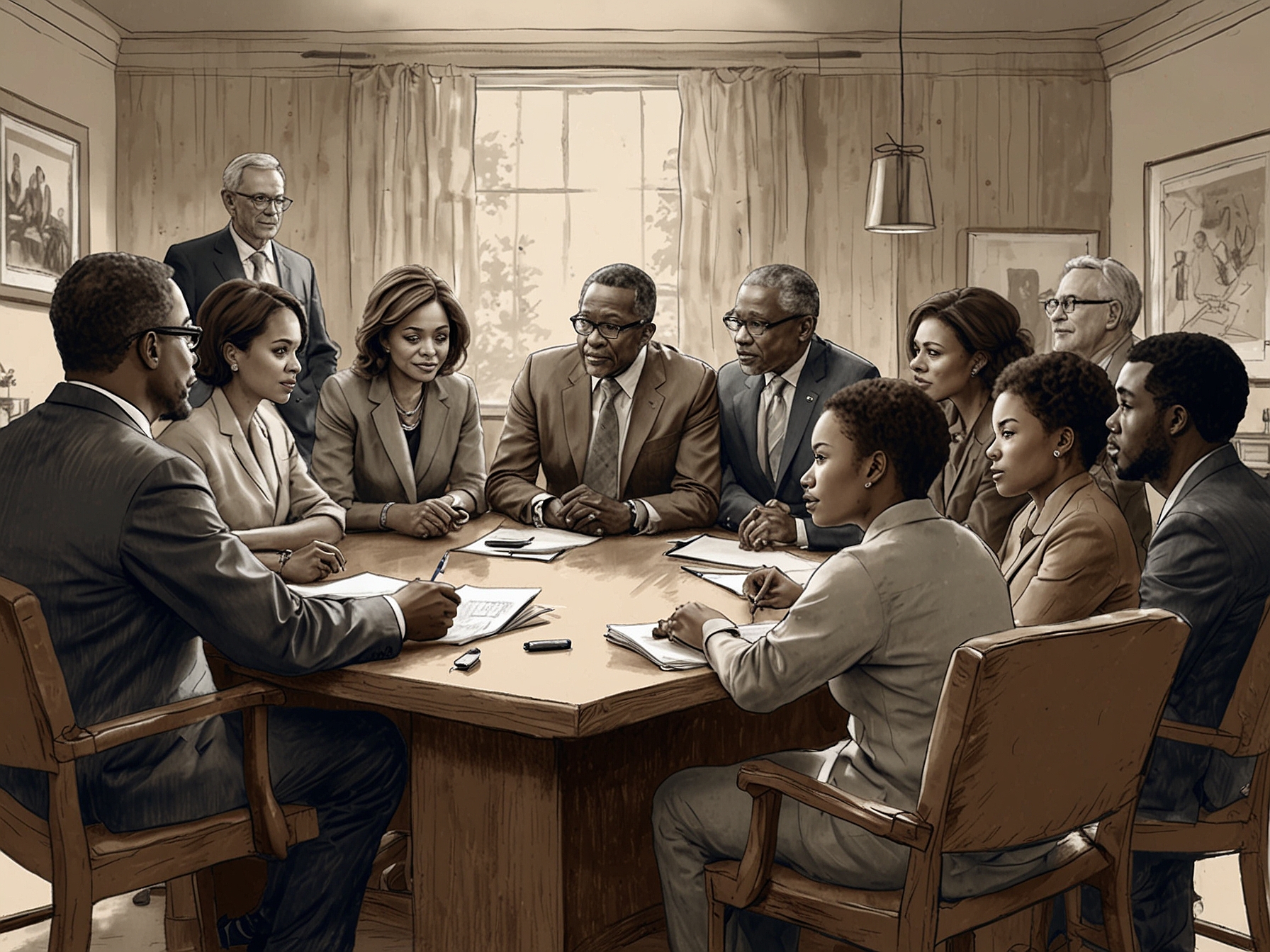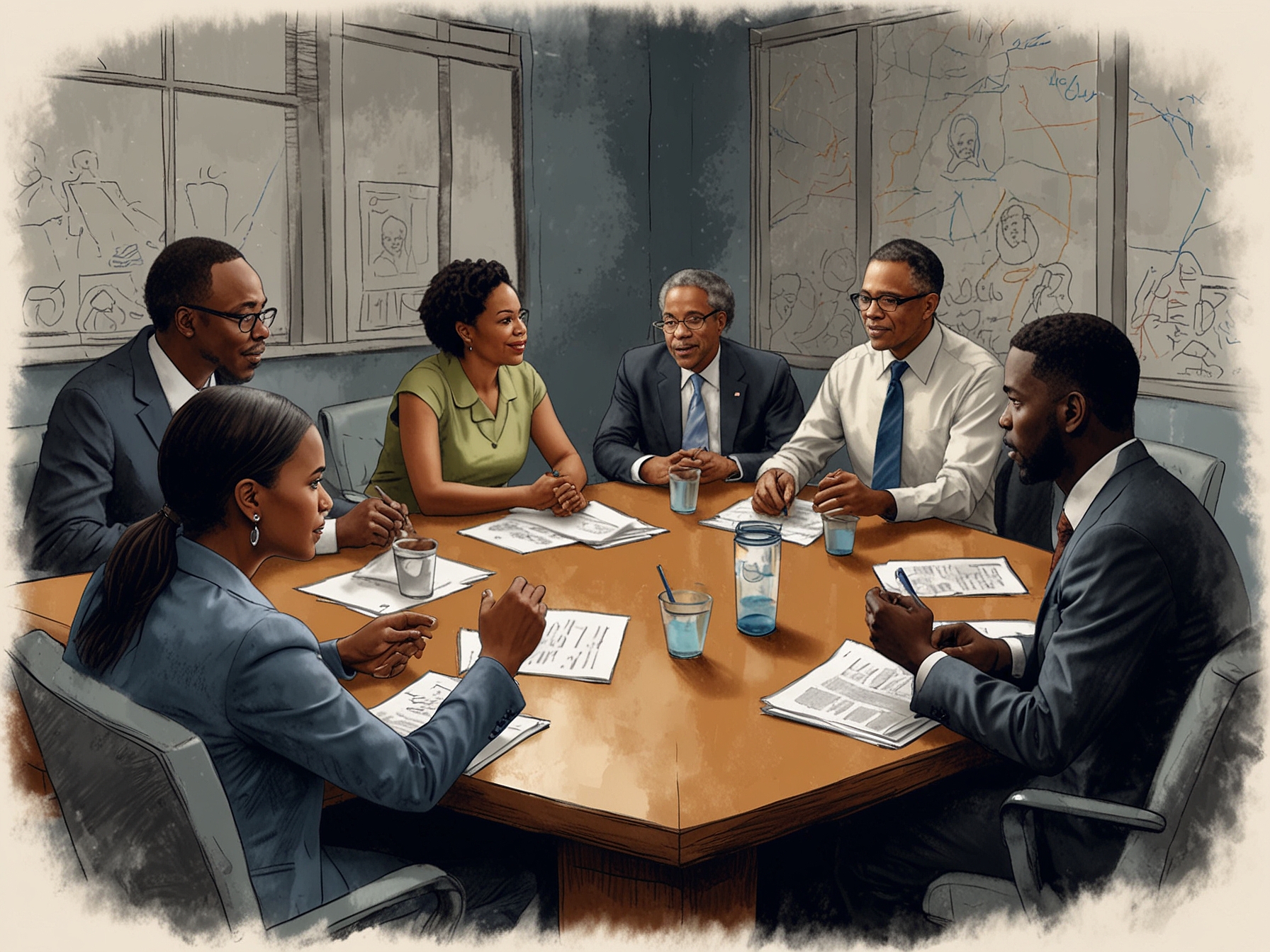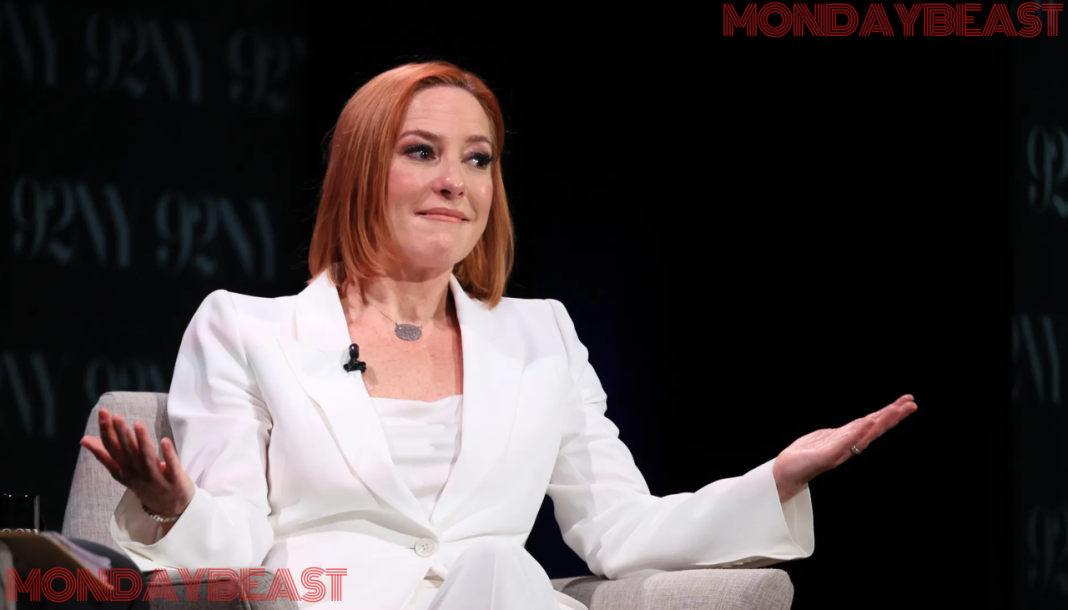Understanding the Democratic Party’s Current Situation
The Democratic Party finds itself in a precarious position. With Kamala Harris’s recent defeat to Donald Trump, many wonder where the party goes from here. Jen Psaki, in a candid moment on NBC’s ‘Meet the Press,’ highlighted a crucial truth—Democrats lack a clear leader.
In her analysis, Psaki emphasized that Joe Biden is soon to step down. That void leaves the party in what she describes as the ‘wilderness.’ The absence of a guiding figure leaves uncertainty hanging in the air. It’s a difficult time, and many Democrats are left asking who will take charge?

This isn’t just about losing a race; it’s about the future trajectory of a party grappling with deep fractures. Psaki encourages fresh faces to rise and fill this gap. She believes this moment presents an opportunity—if only those emerging leaders can seize it.
Emergence of New Leadership
Psaki’s thoughts resonate with anyone watching closely. She calls on future Democratic leaders to “seize the mantle.” It’s a call to action. But what does this really mean for the party? Will there be a brave soul willing to face the tough challenges ahead?
Emerging leaders must step up to articulate a unifying vision. This vision needs to resonate with Americans. As Psaki pointed out, the country is looking for someone who can genuinely communicate with voters about their concerns. Are they the ones who can challenge Trump effectively?

Yet, this is complicated territory. How do they even begin to craft a message that breaks through the noise of today’s polarized discourse? The struggle is real. Many voters feel estranged from the Democratic ideals they once supported. The task at hand is monumental, indeed.
The Blame Game and Self-Reflection
So, what’s next? The Democrats have engaged in an intense period of self-analysis. There is no shortage of finger-pointing, which in itself is not particularly helpful. Psaki highlights a crucial misstep: an over-reliance on ‘never-Trump’ Republicans.
This approach may have alienated loyal Democratic voters who needed a compelling reason to back Harris during the election. It’s critical to understand why some party stalwarts stayed home on Election Day. Listening to disaffected voices could have made a significant difference in the election results.

Moreover, abortion—a topic that energized many voters—was misjudged by the party. The ramifications of this misread were evident; many voters who normally lean Democratic ended up supporting Trump instead. How can the party better attune itself to the needs and concerns of these voters?
Bringing the Party Together
The need for unity within the party is more pressing than ever. Psaki’s insights encourage Democrats to regroup. But how do they find common ground? Building coalitions may be the key.
As the party scans the landscape, newer figures should look for shared values among voters. This requires honesty and a willingness to engage with issues that matter deeply. It may mean taking a hard look in the mirror. Failure to do so risks yielding further defeats in future elections.
Meanwhile, the public watches closely. Will the party move past its struggles? Will they embrace a path forward that resonates with a wide audience? Time will tell.
Conclusion: A Call to Action
As Jen Psaki pointed out, the current moment is both a challenge and an opportunity. The path forward may be tangled, but staying still is not an option. Democratic leaders must rise, and they need vision.
Are they ready to bring the party together in a way that reaches all Americans? It’s a question for all of us. The future of the Democratic Party hangs in the balance, and the urgency of change looms large.




